สิ่งที่คุณควรรู้เกี่ยวกับแม่เหล็กกล้อง
การสํารวจศิลปะและวิทยาศาสตร์การถ่ายภาพมักจะทําให้เราหลงใหลในสายตาของกล้องและเทคโนโลยีออปติคอลขั้นสูง อย่างไรก็ตาม สิ่งสําคัญไม่แพ้กันคือส่วนประกอบทางกลและอิเล็กทรอนิกส์ที่ละเอียดอ่อนและซับซ้อนภายในกล้องที่มักถูกมองข้าม โดยเฉพาะอย่างยิ่งแม่เหล็กที่ใช้กันทั่วไปในอุปกรณ์อุตสาหกรรมและในชีวิตประจําวันต่างๆ มีบทบาทสําคัญในประสิทธิภาพของกล้อง บทความนี้จะสํารวจการประยุกต์ใช้แม่เหล็กในกล้อง ครอบคลุมวัตถุประสงค์ หลักการทํางาน และตัวอย่างการใช้งานจริง เพื่อให้ความเข้าใจที่ครอบคลุม
บทบาทที่หลากหลายของแม่เหล็กในการทํางานของกล้อง
แกนหลักของระบบออโต้โฟกัส (AF): The camera's autofocus system is controlled using the magnetic field of magnets. Simply put, by altering the current passing through coils, the magnetic field produced by the magnets also changes, which in turn drives the mechanical components of the autofocus system, allowing the lens to move and achieve focus. This process not only needs to be fast but also precise, with the quality of the magnets and the design of the control system being particularly crucial here.
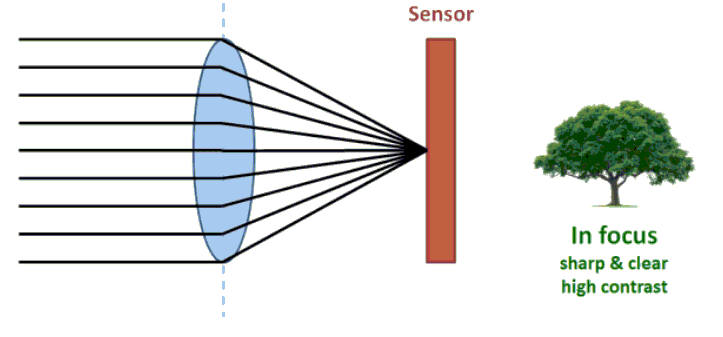
เสาหลักของระบบป้องกันภาพสั่นไหว (IS/VR): Magnets also hold a place in the optical image stabilization system of cameras. When camera or photographer movement causes image blur, the image stabilizer can automatically adjust the position of the lens or sensor to counteract this movement. Magnets play a role in adjusting the small mechanical components that must move very precisely here, ensuring that the captured photos or videos are clear and stable.
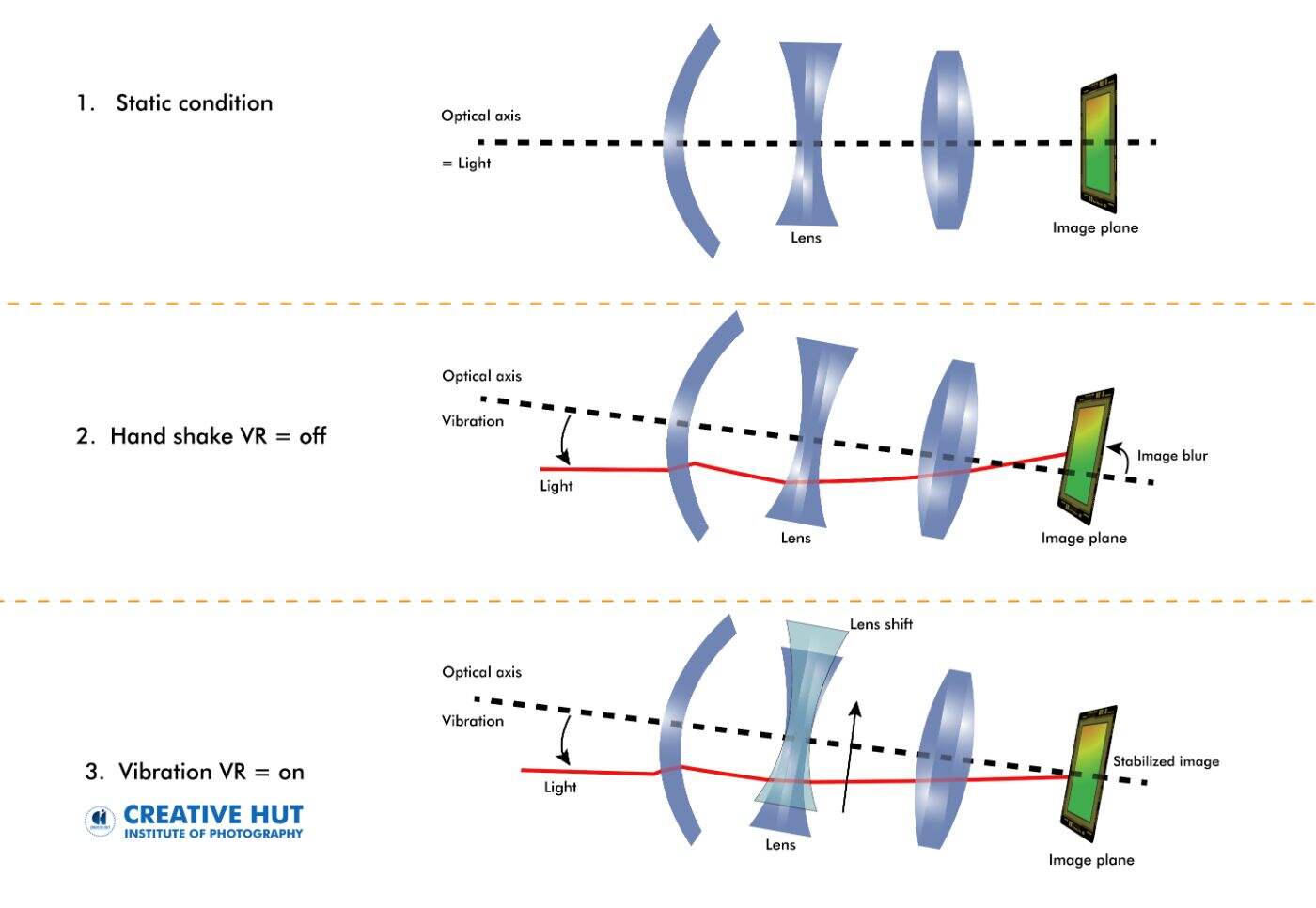
(ภาพโดย: Creative Hut)
การควบคุมชัตเตอร์:The shutter mechanism in the camera may use magnets to control the opening and closing of the shutter, ensuring accurate exposure time and image clarity when capturing fast-moving objects.
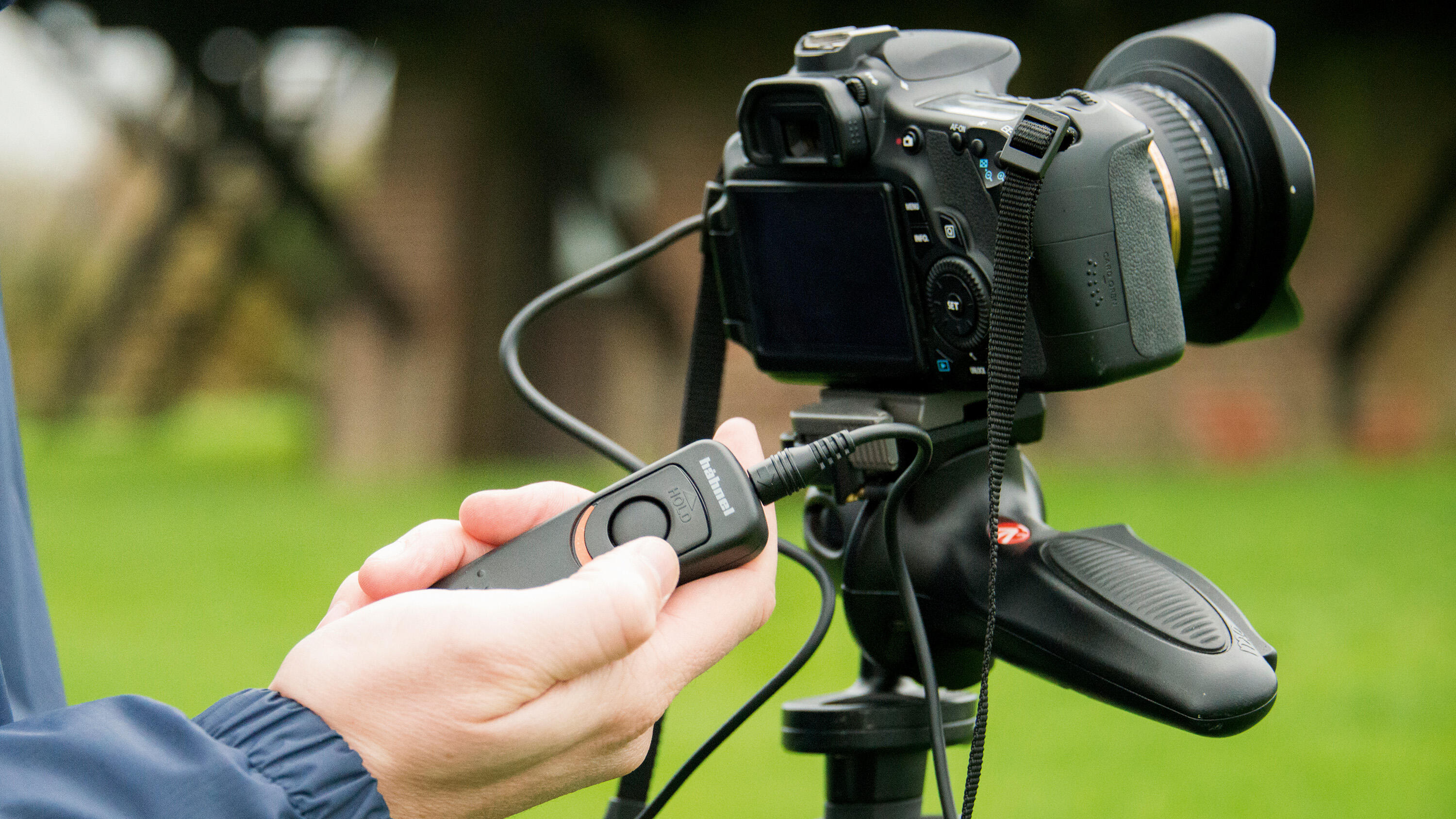
ช่องมองภาพอิเล็กทรอนิกส์ (EVF):In some electronic viewfinders, magnets can be used to control the display elements inside the viewfinder, ensuring image clarity and stability.
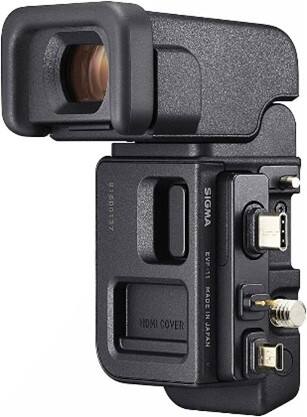
การตรวจจับการสลับเลนส์: Some camera systems use magnets to detect whether compatible lenses are installed and automatically adjust camera settings based on lens information.
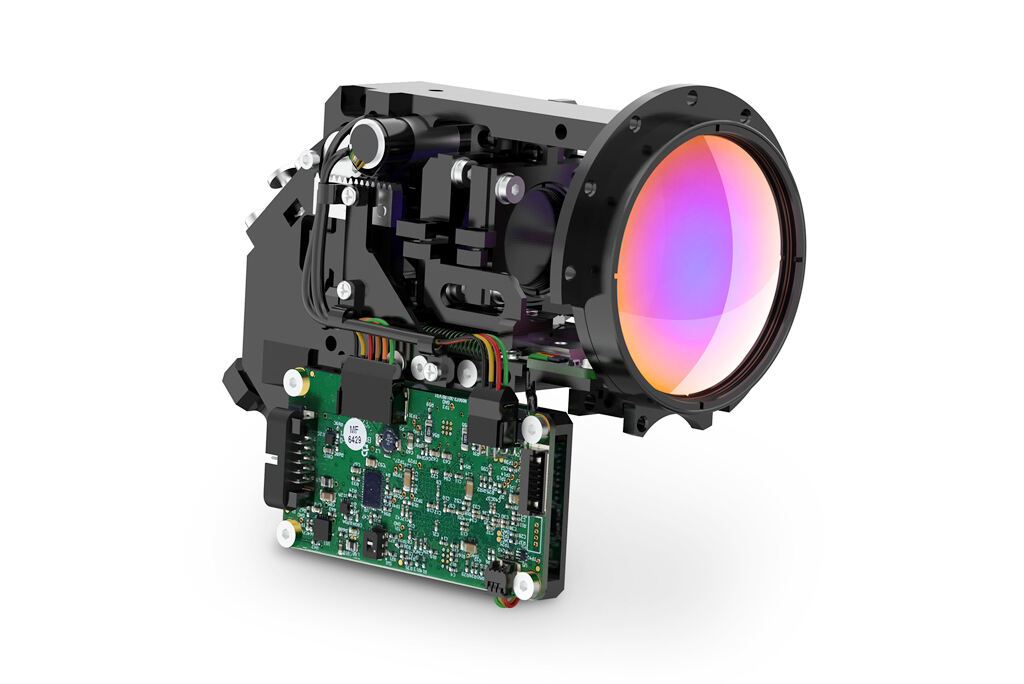
แม่เหล็กภายในกล้องมีลักษณะอย่างไร? วัสดุและขนาดอะไร?
แม่เหล็ก NdFeB มักจะมีรูปทรงต่างๆ เช่น ทรงกระบอก สี่เหลี่ยม วงแหวน ฯลฯ รวมถึงขนาดต่างๆ รวมถึงเส้นผ่านศูนย์กลาง ความหนา ความยาว ฯลฯ ในกล้อง รูปร่างและขนาดของแม่เหล็กเหล่านี้ขึ้นอยู่กับการใช้งานเฉพาะและข้อกําหนดในการออกแบบ
ตัวอย่างเช่น ในระบบโฟกัสอัตโนมัติของกล้อง มักใช้แม่เหล็กโบรอนเหล็กนีโอไดเมียมขนาดเล็กแต่ทรงพลังเพื่อขับเคลื่อนการเคลื่อนไหวของเลนส์โฟกัส แม่เหล็กเหล่านี้อาจมาในรูปทรงกระบอกหรือสี่เหลี่ยมจัตุรัสและมีขนาดเล็กกว่าเพื่อให้พอดีกับพื้นที่แคบ
ในระบบป้องกันภาพสั่นไหว แม่เหล็ก NdFeB อาจมีขนาดใหญ่กว่าและรูปร่างที่ซับซ้อนกว่าเพื่อให้ได้การปรับตําแหน่งที่แม่นยําและการควบคุมเสถียรภาพ พวกเขาอาจใช้รูปทรงวงแหวนหรือคอมโพสิตเพื่อให้เหมาะกับความต้องการด้านโครงสร้างและการทํางานของระบบป้องกันภาพสั่นไหว
ทําความเข้าใจว่าแม่เหล็กทํางานอย่างไรในทางปฏิบัติ
การใช้แม่เหล็กในกล้องอาศัยหลักการของแม่เหล็กไฟฟ้าเป็นหลัก สิ่งนี้ครอบคลุมแนวคิดทางกายภาพที่สําคัญสองประการ: การเหนี่ยวนําแม่เหล็กไฟฟ้าและแรงลอเรนซ์
หลักการเหนี่ยวนําแม่เหล็กไฟฟ้า: When an electric current flows through a conductor, it generates a magnetic field around the conductor. In cameras, this principle is employed to regulate the strength and orientation of the magnetic field created by magnets. This is achieved by altering the current passing through coils, thereby controlling the mechanical components of the autofocus and lens stabilization systems.
กองกําลังลอเรนซ์: The Lorentz force refers to the force that acts on charged particles in response to electromagnetic fields. Within the camera's image stabilization system, the Lorentz force is utilized to precisely adjust the position of the lens or sensor. This adjustment counteracts any movements caused by hand shake or other contributing factors.
กรณีศึกษา: บทบาทของแม่เหล็กในการเพิ่มประสิทธิภาพของกล้อง
ลองพิจารณารุ่นล่าสุดจากแบรนด์กล้องที่มีชื่อเสียงเป็นกรณีศึกษา และสํารวจว่าการรวมแม่เหล็กมีส่วนช่วยเพิ่มประสิทธิภาพที่ยอดเยี่ยมของระบบโฟกัสอัตโนมัติและระบบป้องกันภาพสั่นไหวแบบออปติคอลได้อย่างไร
ระบบออโต้โฟกัส:This camera utilizes small, high-performance magnets and precise current control to achieve rapid and precise autofocus. It excels in tracking fast-moving subjects and operating in low-light conditions, ensuring swift focus adjustments and the capture of clear images.
ระบบป้องกันภาพสั่นไหวแบบออปติคอล:Through the utilization of carefully controlled magnets, this system dynamically adjusts the lens position during shooting, effectively mitigating image blur caused by hand movement. This functionality is especially critical for shooting with long-focus lenses or in low-light settings.
หากคุณกําลังมองหาแม่เหล็กกล้อง? ไม่ต้องมองหาที่ไหนไกลไปกว่า AIM Magnet! ด้วยประสบการณ์ 18 ปีในการประดิษฐ์แม่เหล็ก เราจึงยึดมั่นในมาตรฐานคุณภาพสูงสุดในอุตสาหกรรม ความเชี่ยวชาญของเราช่วยให้มั่นใจได้ว่าคุณจะได้รับแม่เหล็กที่ปรับให้เหมาะกับความต้องการที่แท้จริงของคุณ นอกจากนี้ ด้วยโรงงานผลิตเฉพาะของเรา เราจึงสามารถปรับแต่งรูปร่างและขนาดให้เหมาะกับข้อกําหนดของคุณได้ วางใจ AIM Magnet สําหรับแม่เหล็กที่เชื่อถือได้และคุณภาพเยี่ยมสําหรับความต้องการกล้องของคุณ!
บทสรุป
แม้จะมีขนาด แต่แม่เหล็กก็มีความสําคัญอย่างมากในเทคโนโลยีกล้องสมัยใหม่ ด้วยการใช้ประโยชน์ทางวิทยาศาสตร์แม่เหล็กช่วยเพิ่มความยืดหยุ่นและคุณภาพของภาพในการถ่ายภาพด้วยกล้องอย่างมากซึ่งช่วยในฟังก์ชั่นต่างๆเช่นโฟกัสอัตโนมัติและระบบป้องกันภาพสั่น ในขณะที่เทคโนโลยีก้าวหน้าอย่างต่อเนื่องเราคาดว่าจะมีการขยายตัวเพิ่มเติมในการประยุกต์ใช้แม่เหล็กและแม่เหล็กไฟฟ้าในการออกแบบกล้องซึ่งรับประกันความประหลาดใจและความสะดวกสบายเพิ่มเติม




